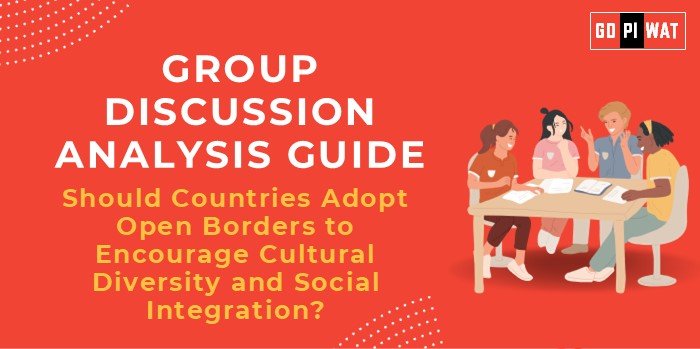🌍 Should Countries Adopt Open Borders to Encourage Cultural Diversity and Social Integration?
🌐 Introduction
Opening Context: In a rapidly globalizing world, the debate on open borders centers on fostering cultural diversity and social integration while balancing concerns over security and economic stability.
Topic Background: Open borders aim to remove restrictions on the movement of people across nations, promoting a global melting pot of cultures and ideas. From the Schengen Area in Europe to Canada’s multicultural policies, examples abound, highlighting the potential and challenges of open border systems.
📊 Quick Facts and Key Statistics
- Schengen Area: 27 European nations allow free movement without border checks.
- 🌍 Global Migration: Over 281 million international migrants worldwide (2022).
- 📈 Economic Contribution: Migrants added $6.7 trillion to global GDP in 2020 (ILO).
- 🎭 Diversity Impact: High-immigration countries like Canada score 0.8+ on the Global Diversity Index.
👥 Stakeholders and Their Roles
- 🏛️ Governments: Develop and enforce immigration policies.
- 👨👩👧👦 Citizens: Influence social acceptance and integration of migrants.
- 🌏 International Organizations: Advocate for human rights and manage migrant welfare.
- 💼 Private Sector: Benefit from diverse workforces and employ migrant labor.
🏆 Achievements
- 💸 Economic Growth: Immigrants contribute to higher GDP growth, e.g., the US economy.
- 🎨 Cultural Enrichment: Migrants introduce new traditions and perspectives.
- 🔧 Global Talent Access: Facilitates skill and innovation exchanges worldwide.
⚠️ Challenges
- 🛡️ Security Risks: Concerns about terrorism and illegal activities.
- 💰 Economic Strain: Increased pressure on social services in host nations.
- 🗣️ Social Tensions: Rising nationalism and xenophobia hinder integration.
🌏 Global Comparisons
- 🇨🇦 Success: Canada’s immigration policies strengthen its multicultural identity.
- 🇪🇺 Challenge: EU’s border pressures during the Syrian refugee crisis.
- 🇸🇪 Case Study: Sweden integrates refugees with language education and job placement programs.
🔄 Structured Arguments
- ✅ Supporting Stance: Open borders promote economic growth and cultural diversity, creating opportunities for all.
- ❌ Opposing Stance: Unrestricted migration could destabilize economies and challenge national security.
- ⚖️ Balanced Perspective: Open borders require robust integration policies and international cooperation to succeed.
✨ Strategic Analysis: SWOT
- 💪 Strengths: Enhances economic and cultural dynamics.
- 🧱 Weaknesses: Puts strain on resources.
- 📈 Opportunities: Unlocks global talent pools.
- ⚠️ Threats: Security vulnerabilities and political backlash.
📚 Connecting with B-School Applications
Real-World Applications: Policies on migration inspire HR diversity, global supply chain strategies, and international trade dynamics.
Sample Interview Questions:
- “What role does cultural diversity play in global business leadership?”
- “How can businesses facilitate the social integration of migrant employees?”


